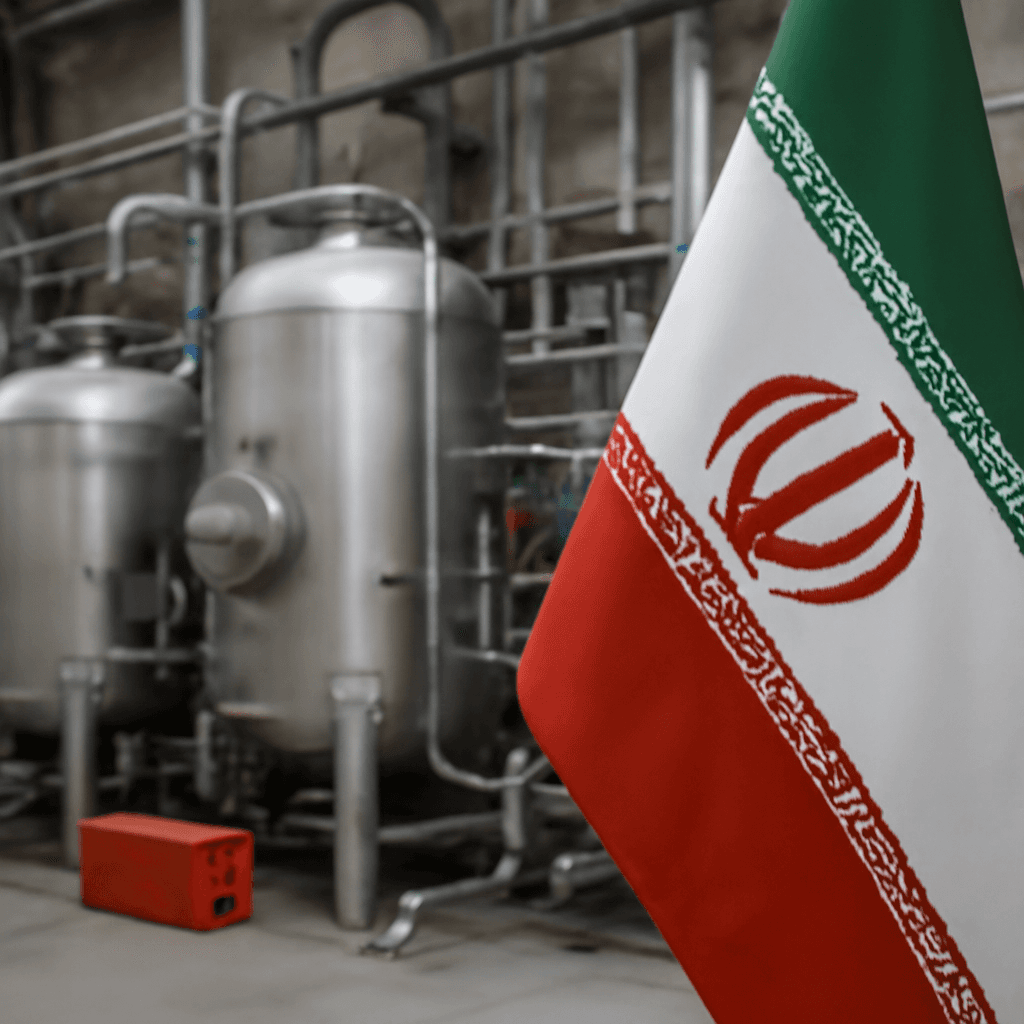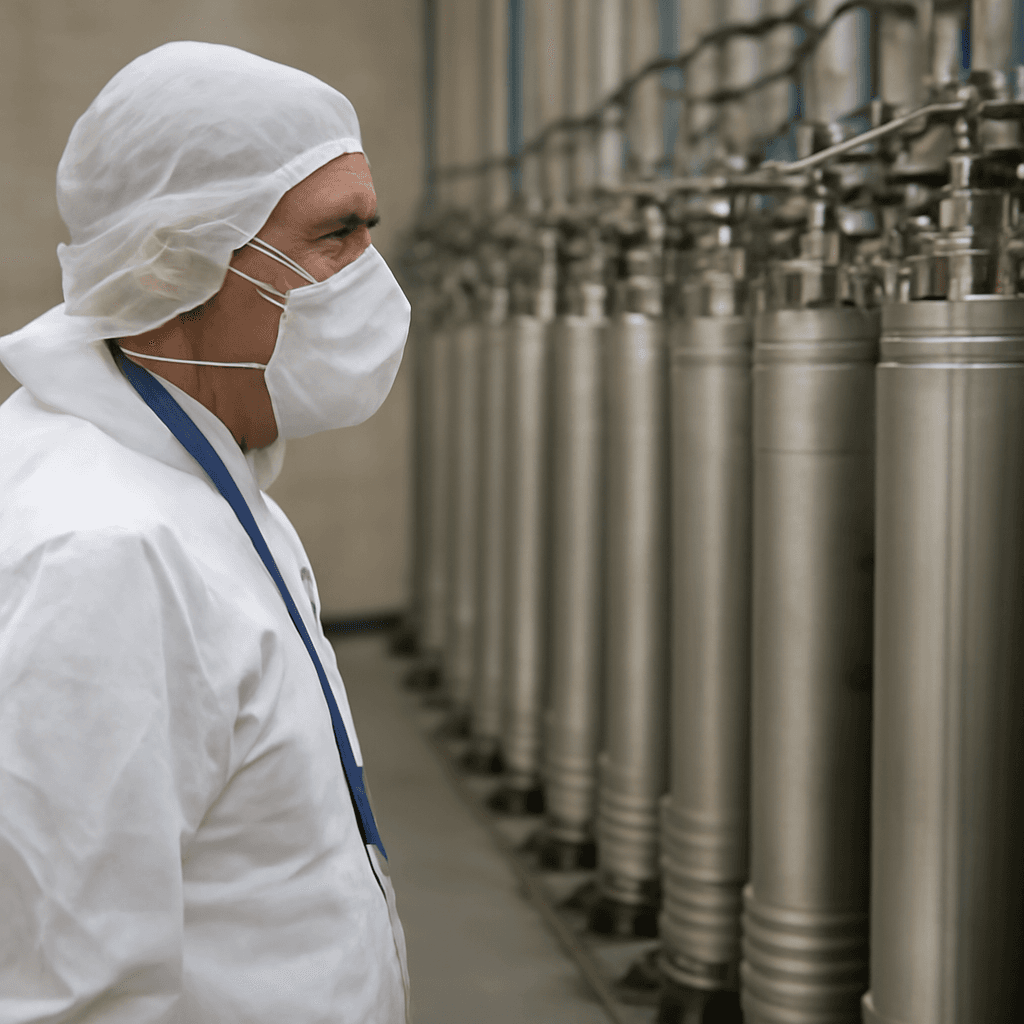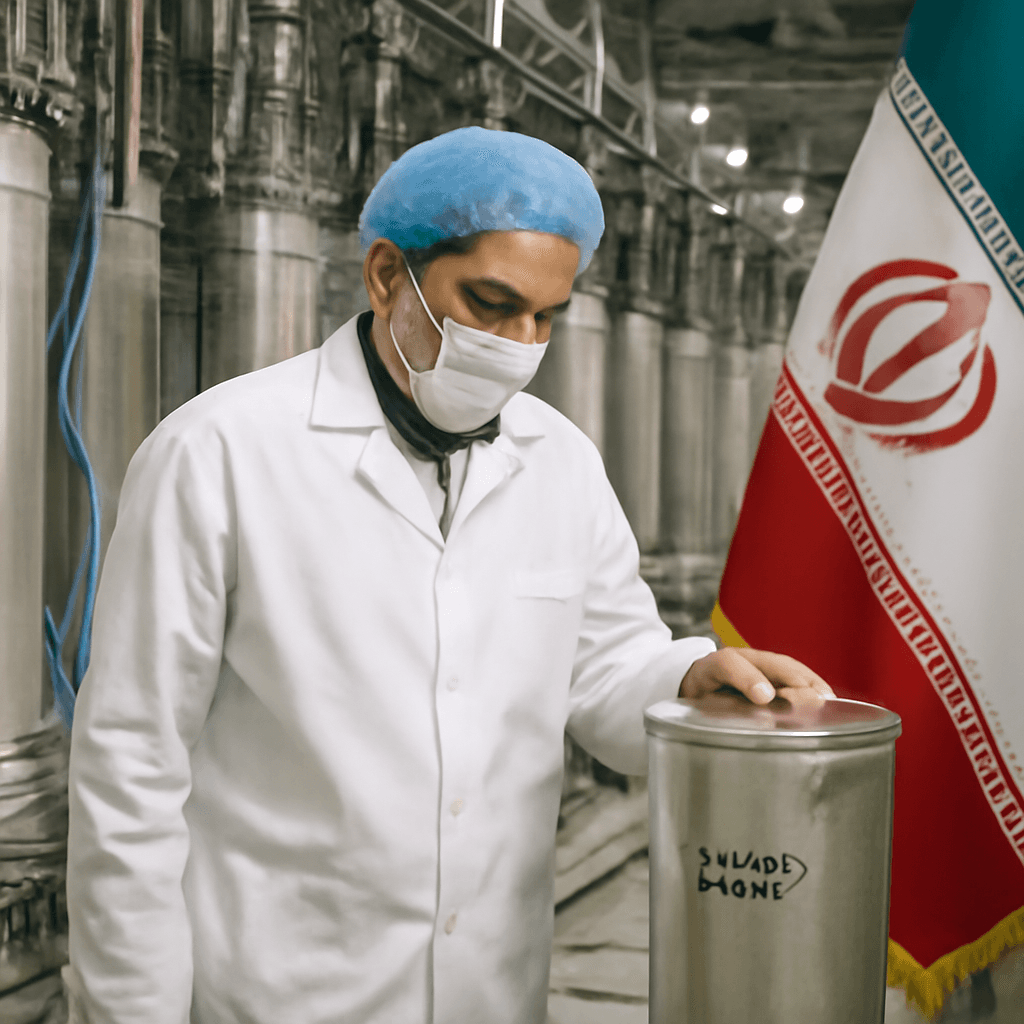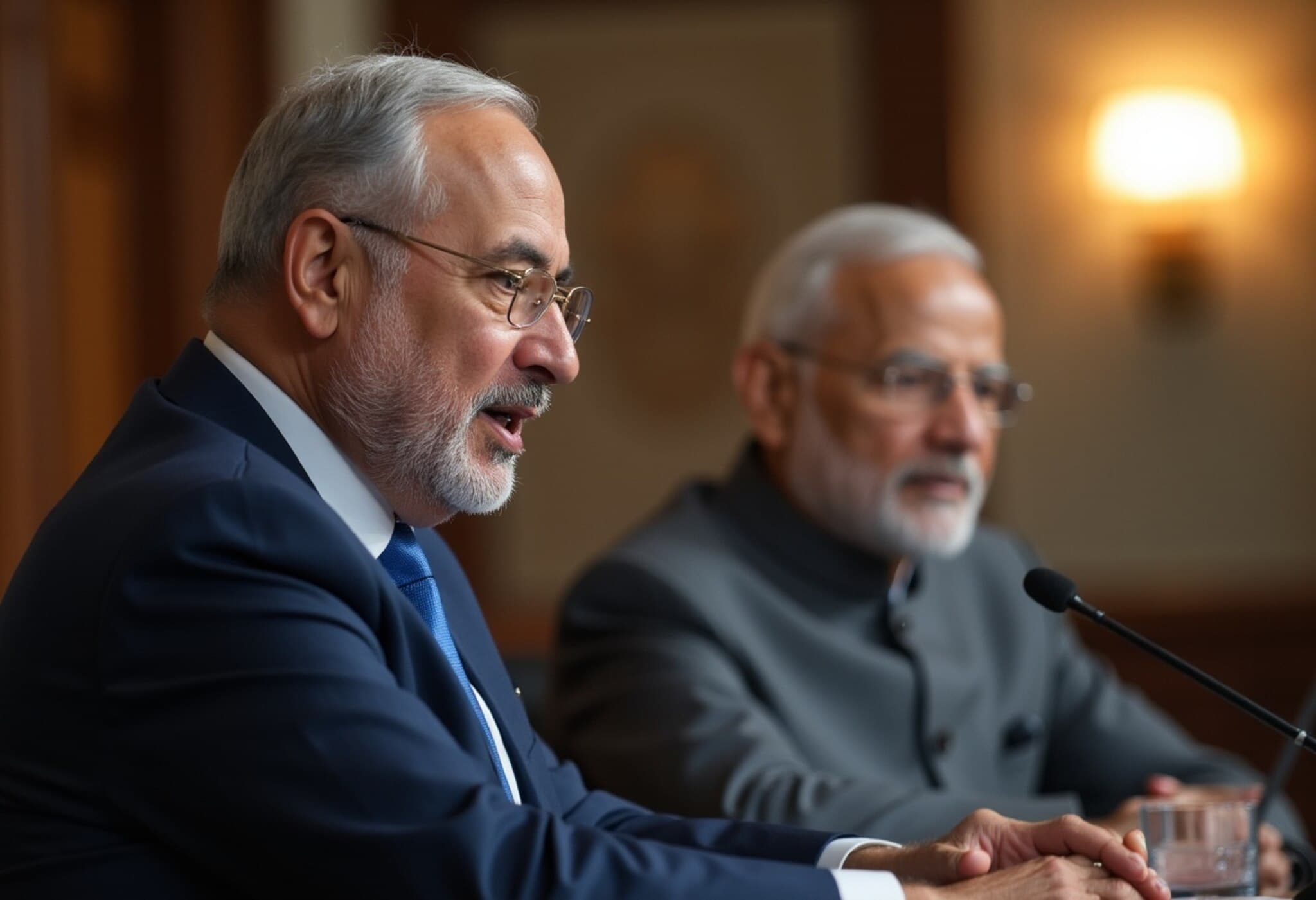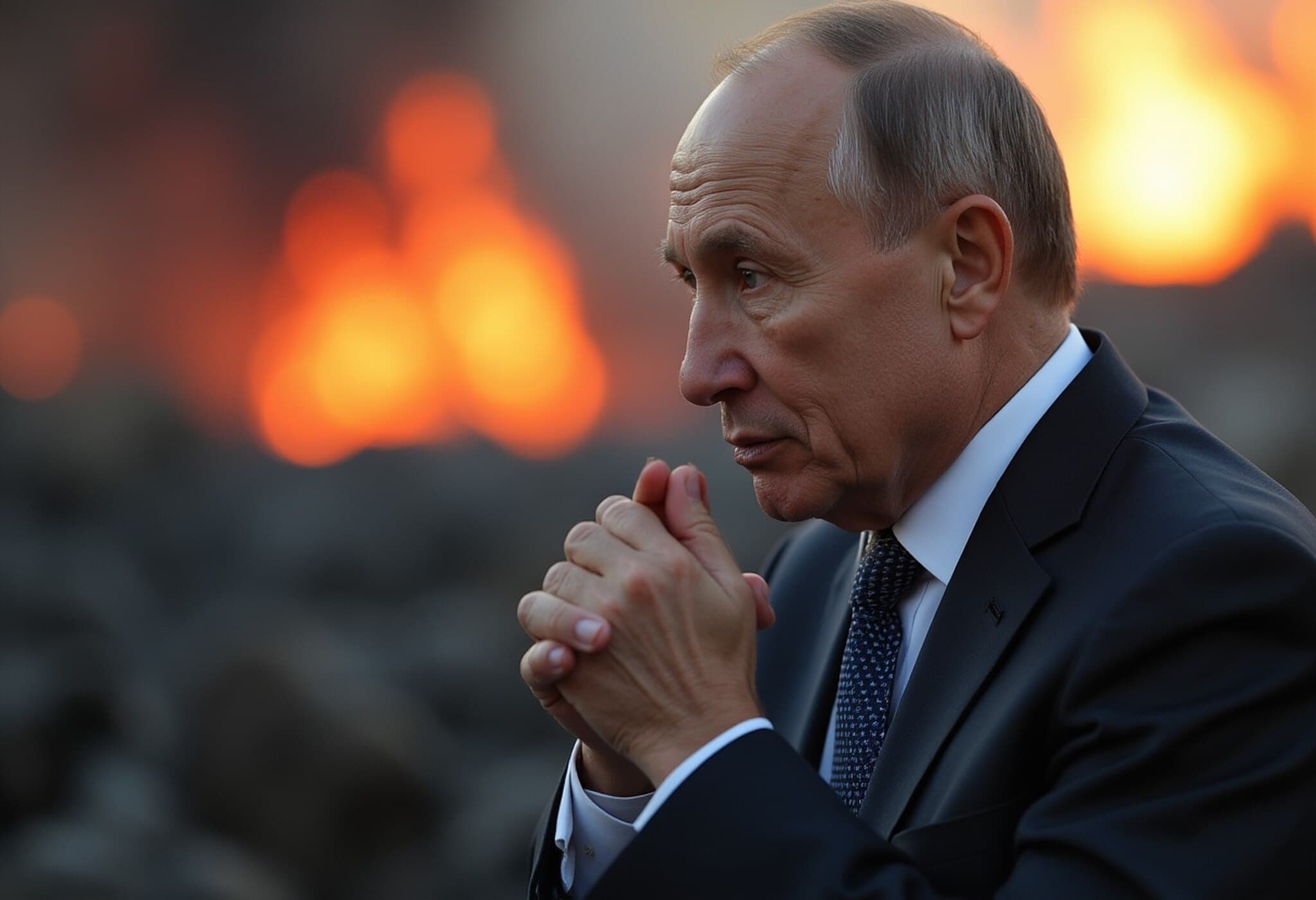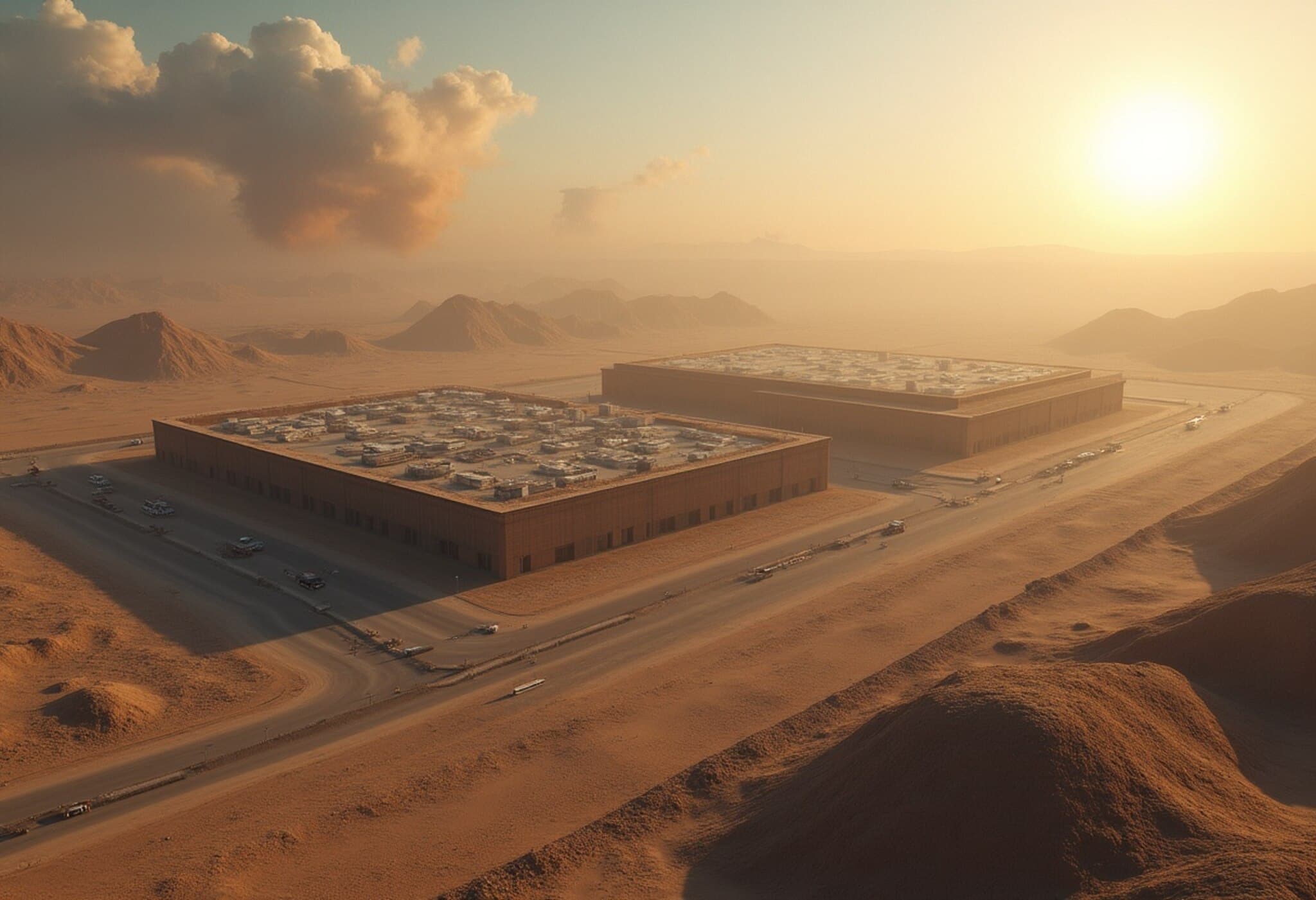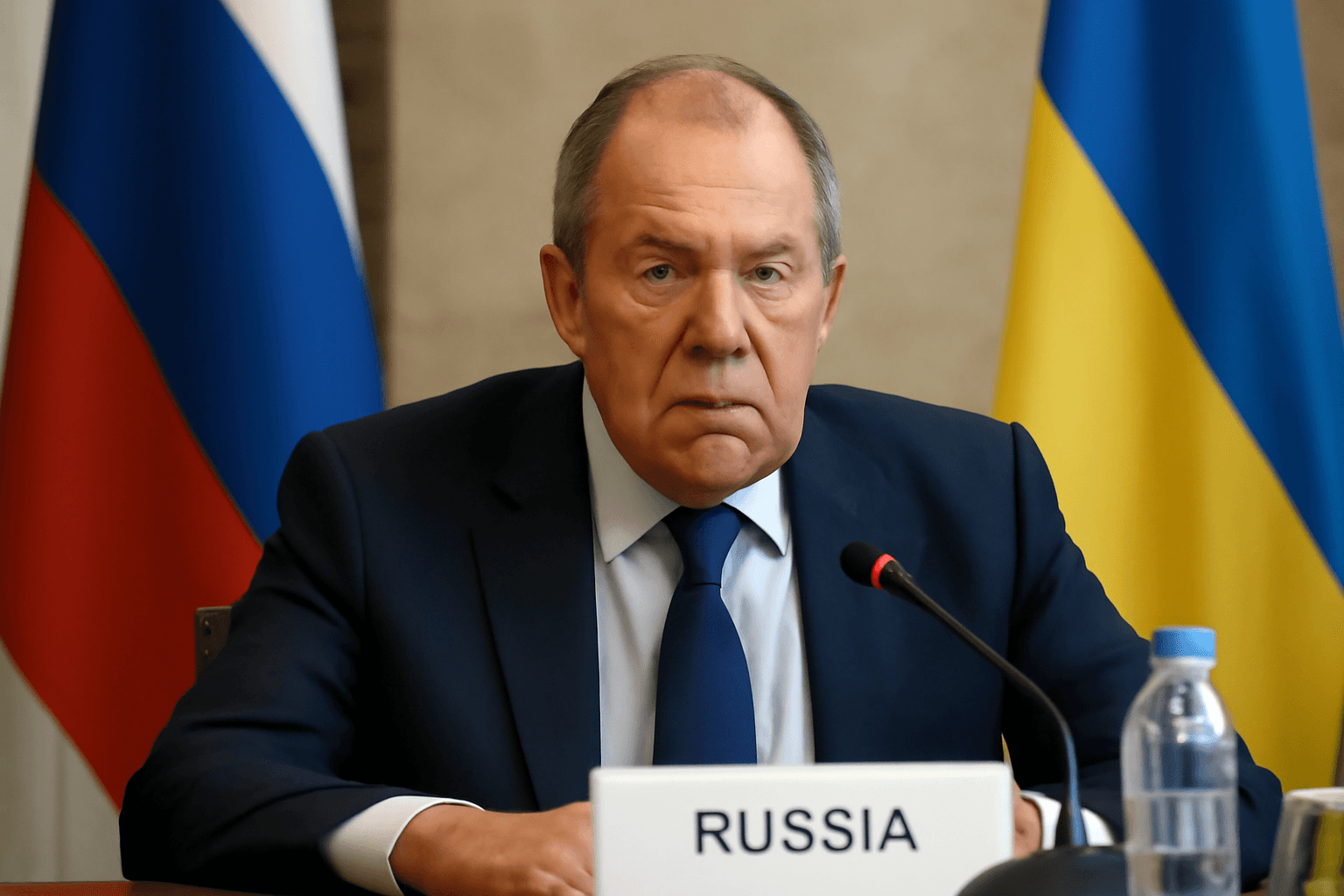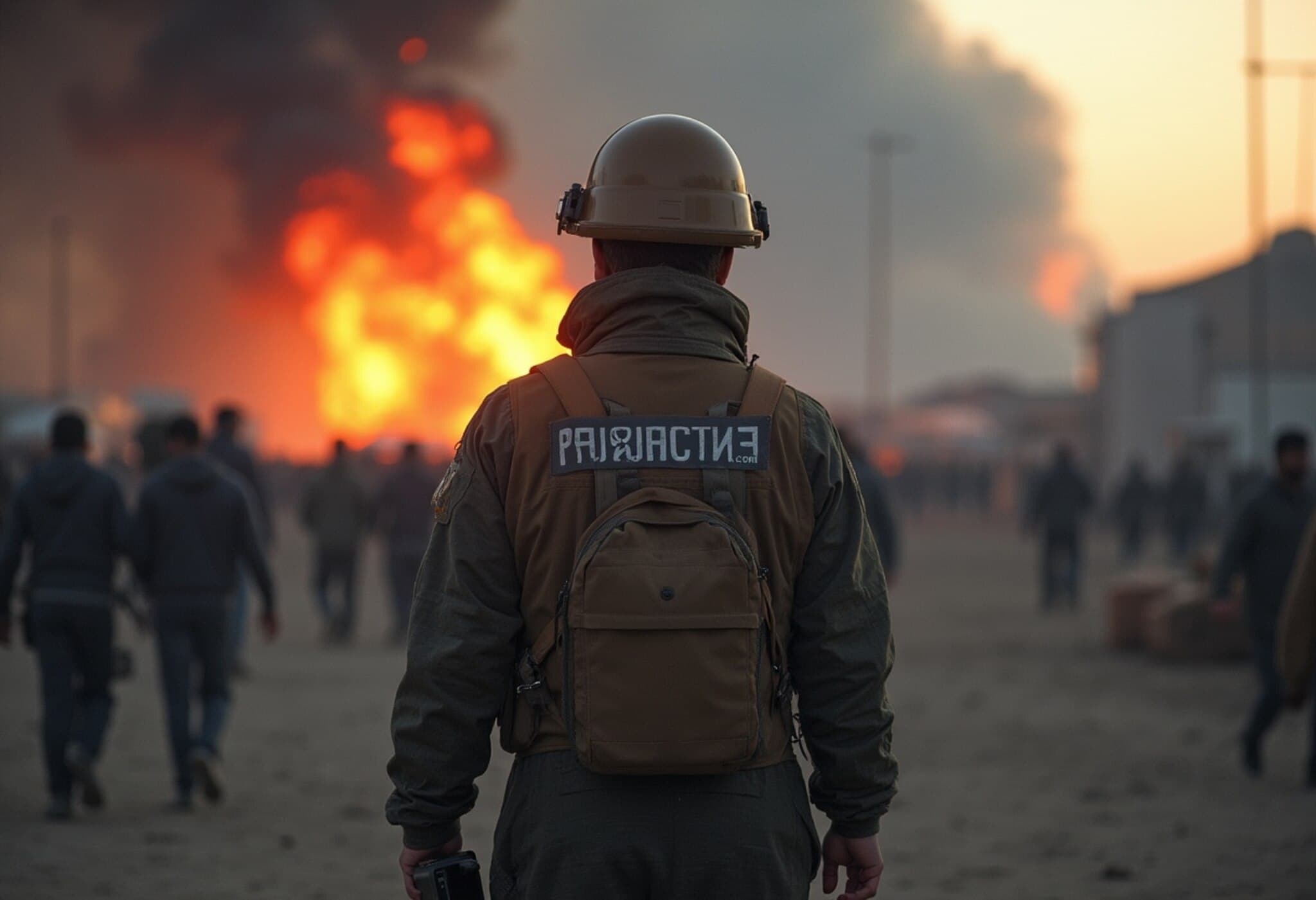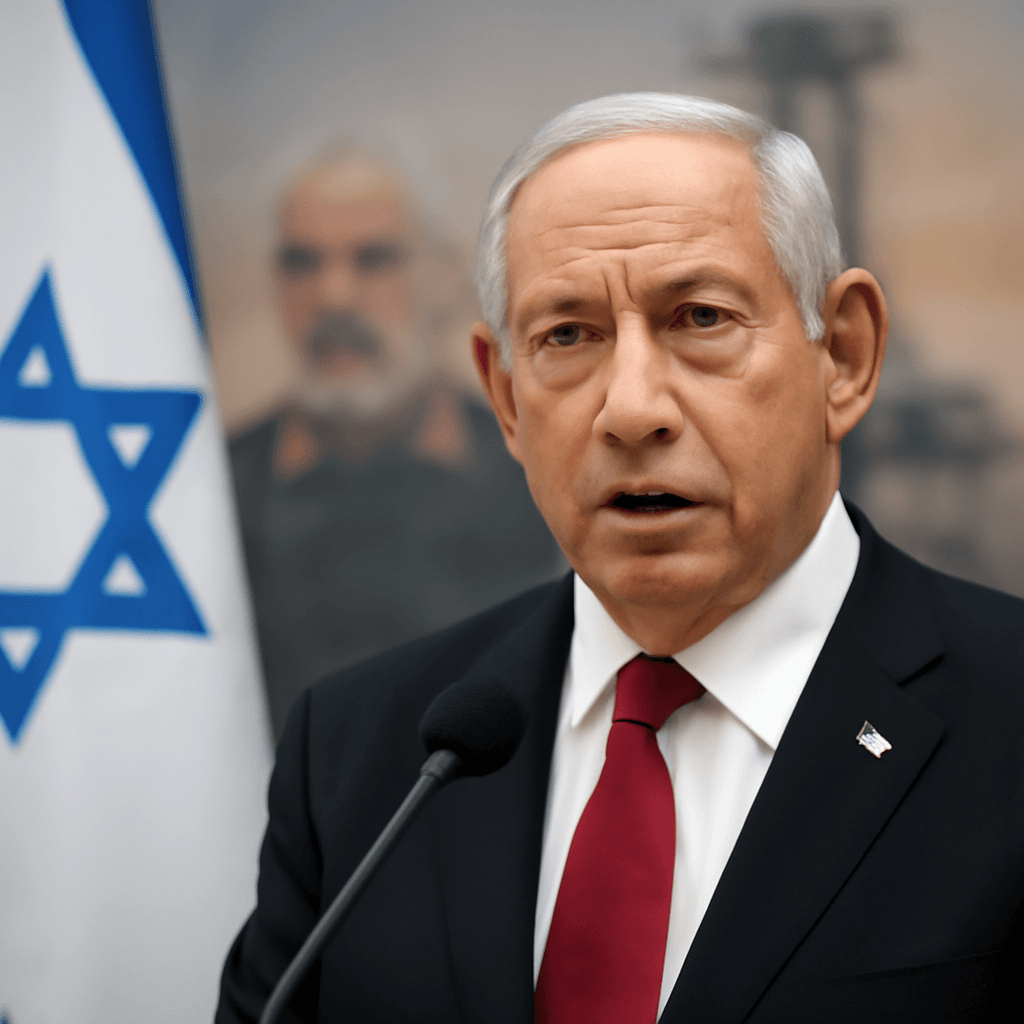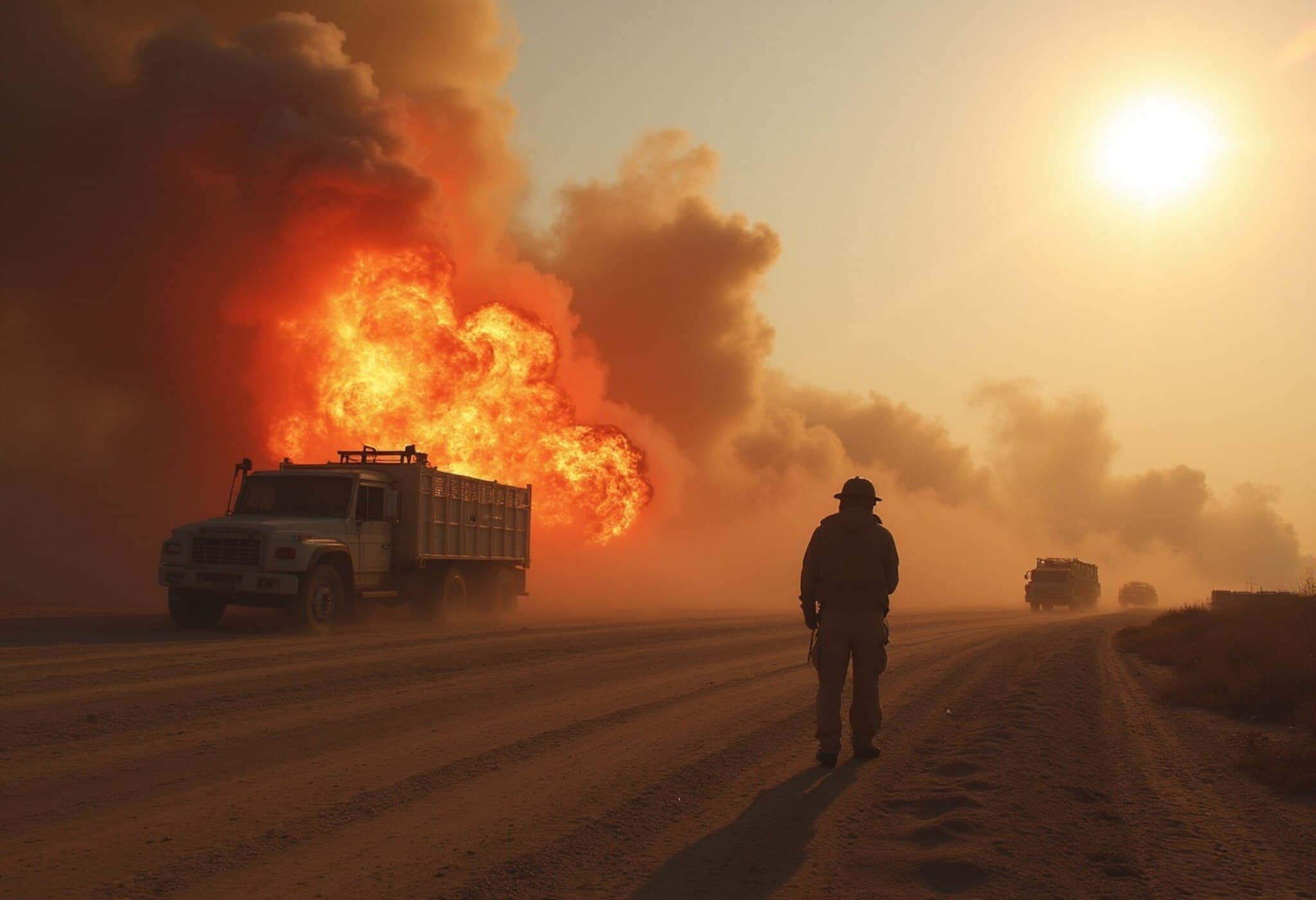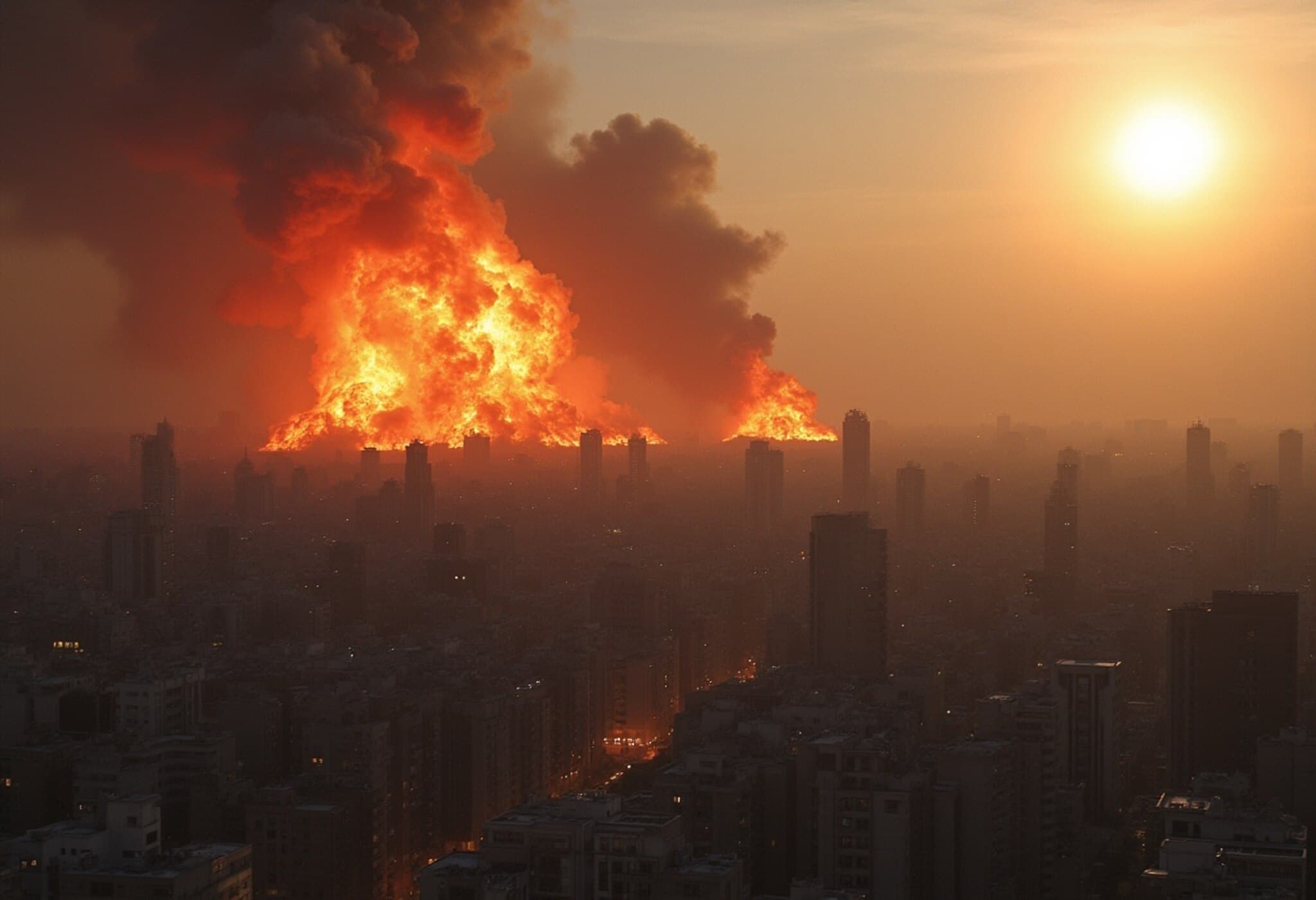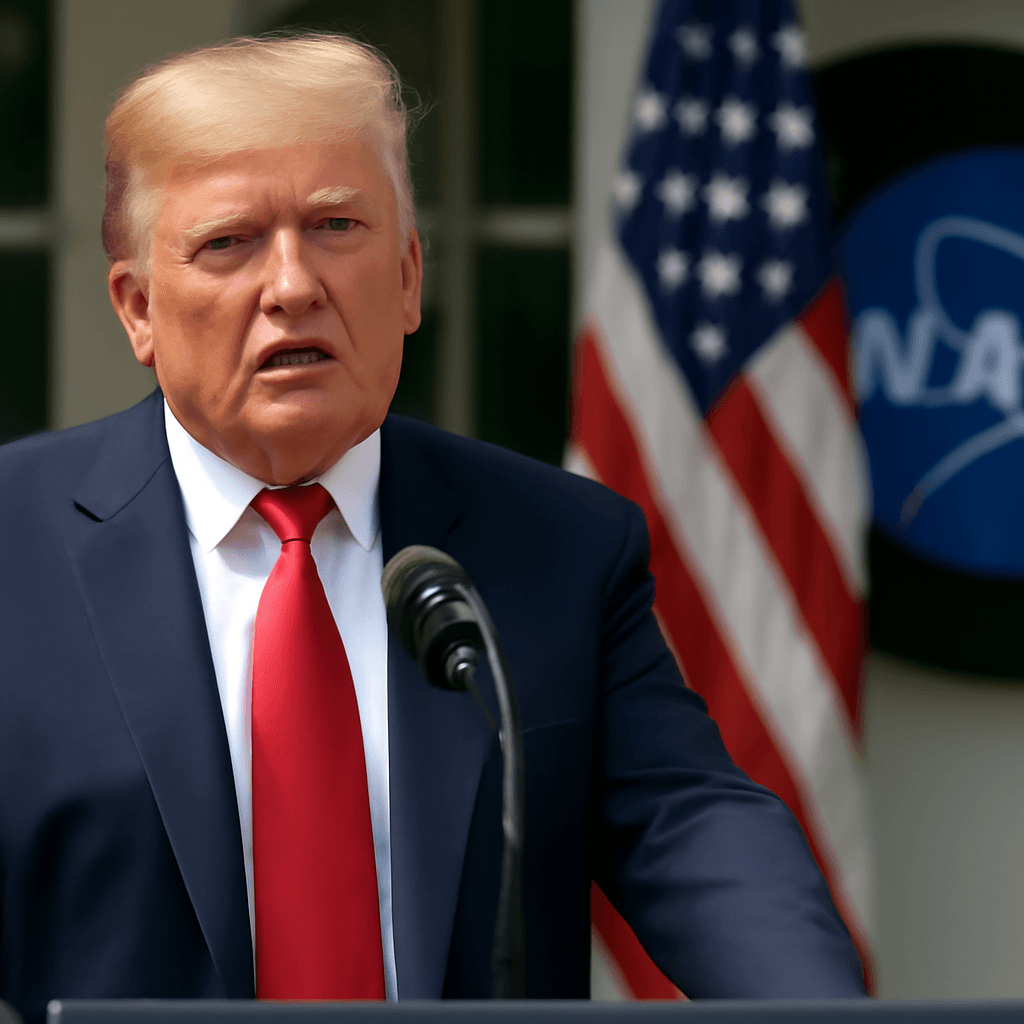IAEA Reveals Iran's Secret Nuclear Activities
The International Atomic Energy Agency (IAEA) has uncovered previously undisclosed nuclear activities conducted by Iran at three locations under long-term investigation. The confidential report presented to the IAEA's Board of Governors details the use of undeclared nuclear materials in a covert program that extended until the early 2000s.
The revealed sites include Lavisan-Shian, Varamin, and Turquzabad, where Iran allegedly engaged in activities relevant to producing nuclear weapons. At Lavisan-Shian, the report highlights the use of a uranium metal disc in 2003 for explosively-driven neutron source experiments, a critical component in nuclear weapon detonation technology.
Additionally, nuclear materials and heavily contaminated equipment from these undeclared operations were stored at Turquzabad between 2009 and 2018.
International Reactions and Allegations
Following the report’s release, Iran’s Foreign Ministry and the national nuclear agency jointly dismissed the findings as "politically motivated," stating that Tehran intends to respond appropriately to any punitive actions at the upcoming IAEA Board meeting.
The United States, alongside Britain, France, and Germany, plans to leverage the report’s conclusions to propose a resolution declaring Iran in violation of its non-proliferation commitments. Such a determination would mark the first formal declaration of non-compliance for Iran in nearly two decades.
Observers anticipate that this development could complicate ongoing nuclear negotiations between Iran and the U.S., potentially spurring Tehran to accelerate its nuclear program further.
Concerns Over Uranium Enrichment Levels
Complementing the findings on clandestine activities, a separate IAEA report indicates that Iran’s stockpile of uranium enriched up to 60% purity—approaching weapons-grade levels—has surged by approximately 50% to 408.6 kilograms. This quantity, if further enriched, could suffice to produce the fissile material necessary for nine nuclear weapons.
The IAEA and international actors emphasize that enrichment to such levels by a non-nuclear-weapon state is alarming and unprecedented.
Diplomatic Developments and Next Steps
In a parallel diplomatic context, Iran’s Foreign Minister revealed that Oman had conveyed elements of a U.S. nuclear deal proposal during a recent visit to Tehran. Meanwhile, U.S. officials confirmed that a detailed and acceptable offer has been extended to Iran, stressing that it is in Tehran's interest to accept.
Iran has promised to respond to the proposal in accordance with its national principles and interests. However, the schedule and venue for the anticipated sixth round of talks between the two nations remain unsettled.
Summary of Key Points
- IAEA report exposes Iran's undeclared nuclear work at three secret sites.
- Activities involved nuclear materials relevant to weapons development until early 2000s.
- Iran refutes report, labeling it politically motivated.
- Western powers plan to push for a formal declaration of Iran's non-compliance.
- Iran’s uranium enrichment to 60% purity has increased to 408.6 kg, enough for nine nuclear weapons.
- Diplomatic talks continue, with a new U.S. proposal awaiting Tehran's response.

